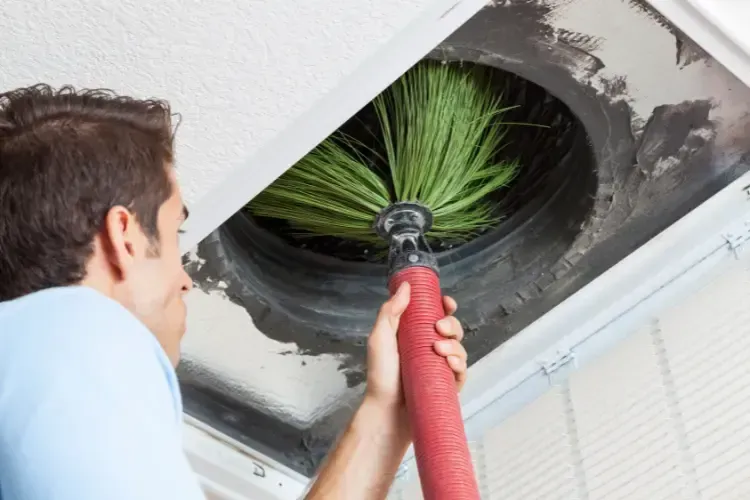Understanding the Hidden Risks in Your Air Ducts: Expert Duct Cleaning in Myrtle Beach

We try hard and do so much to keep ourselves and loved ones safe while in the home. From the simple act of locking a front door to installing security systems and using air filters, people go to many lengths to stay healthy. It is easy to take care of the problems we can see, but that cannot be said for all the dangers we cannot. Home air ducts are one problem that is easy to ignore because the ducts are out of sight and out of mind.
Air Ducts: The Unseen Conduits of Home Air Quality
Air ducts, essential for circulating air throughout homes, can become repositories for various contaminants. When these ducts are not properly maintained, they can compromise the air we breathe, leading to several health risks. Duct cleaning in Myrtle Beach is essential to keeping the home safe and healthy.
Why is Duct Cleaning in Myrtle Beach Important for Health and Safety?
Allergens and Irritants: Invisible Threats in Your Home
If you or a loved one is prone to itching, sneezing, and red eyes because of allergies, you'll want to ensure you undergo regular duct cleaning. The home is supposed to be a haven from outdoor allergies, but a dirty duct system can exasperate issues. The accumulation of common allergens in air ducts poses significant health risks.
- Pollen, often associated with outdoor allergies, can infiltrate indoor spaces and accumulate in ducts, triggering allergic reactions indoors.
- Mold Spores in air ducts can become airborne, leading to allergic responses and respiratory issues, especially in individuals sensitive to mold.
- Pet Dander, a common irritant for those with allergies or asthma, can circulate through air ducts and exacerbate these conditions.
- Dust Mites, thriving in dusty environments, contribute to respiratory problems, particularly for those with dust allergies.
Mold and Mildew: The Hidden Dangers in Ductwork
Mold loves ducts because they are dark and hard for people to get to (ensuring it can spread unchecked). As air is carried through the system, particles are picked up and spread throughout the home. This causes health risks to people breathing the air. It also helps the proliferation of mold growth in different areas of the home. Mold and mildew growth within air ducts presents another set of challenges.
- The dark and moist conditions in ducts may lead to mold and mildew growth.
- Respiratory issues, ranging from mild symptoms like coughing to more severe allergic reactions, may occur when exposed to mold and mildew.
- Vulnerable individuals are particularly at risk from mold and mildew exposure.
The Decline of Indoor Air Quality
The air you breathe matters, so people want to breathe clean air. Buying and using an air filter is an excellent option for cleaning up the air quality in a home, but if ducts are kicking out dirty air, systems get pushed past maximum working limits. Adding/using filters should go hand-in-hand with expert duct cleaning services in Myrtle Beach. The quality of indoor air can deteriorate over time due to the recirculation of contaminants.
- Various pollutants, such as dust, chemical residues, and particulates, accumulate in air ducts and are continuously recirculated.
- This decline can lead to health issues like headaches, fatigue, and worsening chronic respiratory conditions.
- Long-term exposure can have lasting health effects, particularly on sensitive groups such as children and the elderly.
It's important to regularly maintain and clean your air ducts to mitigate these risks. By being proactive in air duct care, homeowners can enhance indoor air quality and protect their families' health. Understanding these hidden risks is the first step toward ensuring a healthier and safer home environment.



